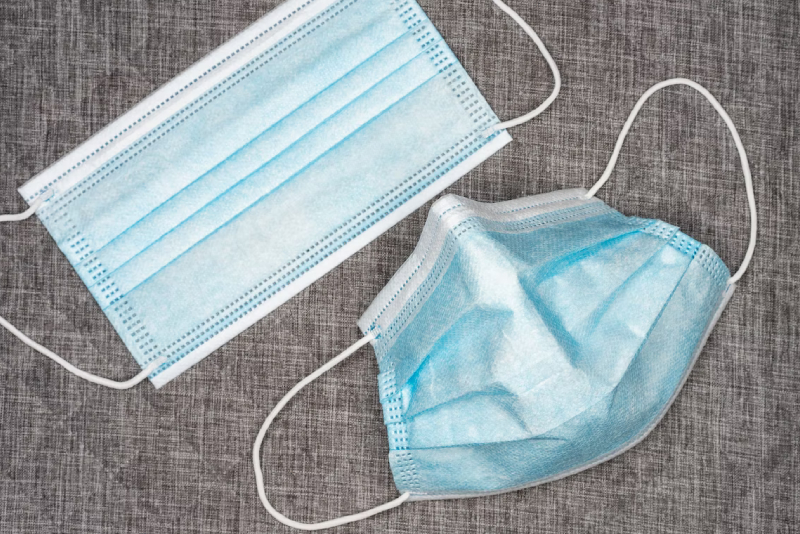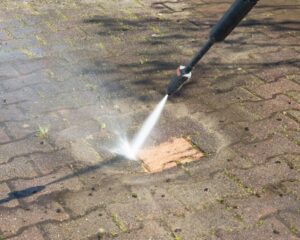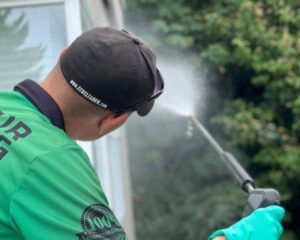
The WHO, CDC as well as many other public health pros have recommended having face masks to command the contamination of SARS-CoV-2, which conclude in COVID-19. People these days are wearing a ton of different kinds of face coverings. The CDC’s suggestions for face coverings involve procedure masks, cloth masks as well as respirators. In a ton of cases, mask options depend on accessibility. In other words, individuals tend to utilize what they have. But, each kind of mask has one different type of effectiveness.
This article discusses the different types of masks as well as their effectiveness in containing droplets that spread from coughs, sneezes, as well as conversations.
Bandanas
The bandana is one triangular as well as square cut of cloth that is sometimes worn as one head and neck covering. Tying a bandana over your mouth as well as nose is one way to keep dust as well as other particles out of your respiratory system.
Bandanas provide some protection against droplets as well as cough- or sneeze-related spray. Without any kind of nose or mouth covering, droplets can spray more than 8 feet (ft), according to research from Florida Atlantic University. Wearing a bandana can decrease that to less than 4 ft.
Neck gaiters
Outdoors enthusiasts often have neck gaiters, which are essentially tubes of fabric worn around the neck that can be pulled up or down, as needed, to protect the face as well as neck. These can be used as mouth as well as nose coverings, as well as they may provide some protection against the spread of the most recent coronavirus.
Although experts suggest that some kind of face covering is better than no covering at all, studies indicate that neck gaiters may offer very little protection in comparison with other types of masks.
Barrier face coverings
Barrier face coverings are products worn to specifically cover the nose as well as mouth for the purpose of providing source control as well as a certain degree of particle filtration. These masks can help reduce the number of particles you inhale.
Barrier face coverings are not considered a suitable replacement for N95 respirators or other filtering facepiece respirators. Those respirators are designed to provide respiratory protection to the wearer. Barrier face coverings are also not a replacement for procedure or surgical masks, as those are designed to provide a fluid barrier as well as protection from particulate material.
Barrier face coverings are often made from different nonflammable materials. However, for something to be defined as a barrier face covering, it must meet the recommendations for particulate filtration, airflow, resistance, as well as leakage as described by the ASTM F3502-21.

To sum it up
The CDC, WHO, as well as other health organizations have recommended the use of face coverings for some time now. There are many different options when it comes to types of masks as well as face coverings.
Each type of mask has a different level of effectiveness when it comes to protecting the wearer from airborne particles. When choosing a mask or face covering, you should be sure that it fits properly as well as is clean as well as dry.
Contact us for more information.


















No Comments yet!